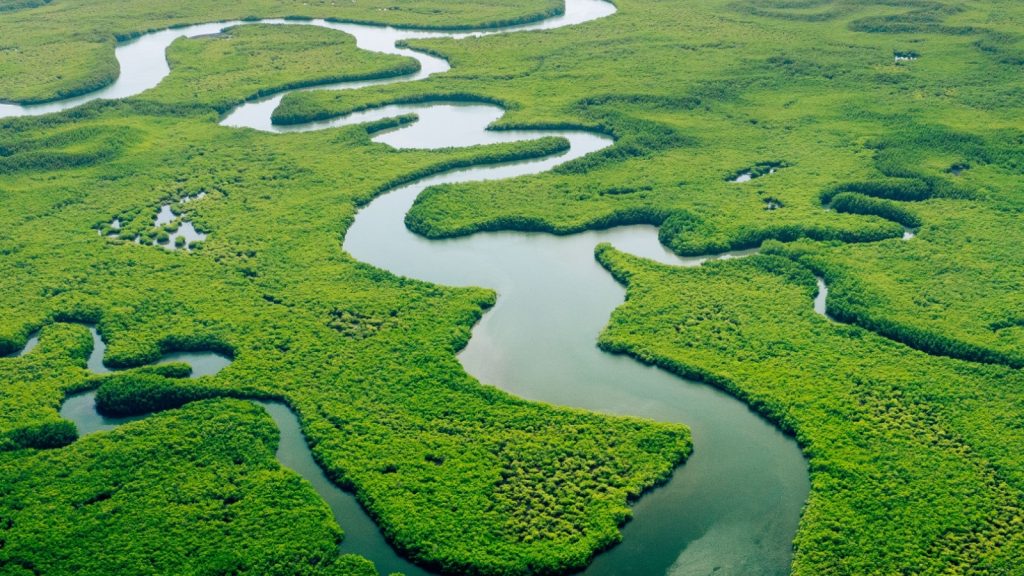The Amazon rainforest is home to countless species that never fail to amaze. As someone who’s studied this ecosystem for years, I’m constantly in awe of the creatures that call it home. From fish that breathe air to frogs smaller than your fingernail, the Amazon is full of surprises. These unusual animals have adapted to their environment in fascinating ways, often developing traits that seem more like science fiction than reality. Take a look at 15 of the strangest inhabitants of this incredible jungle. I promise you’ll be scratching your head and marveling at nature’s creativity.
Glass Frog
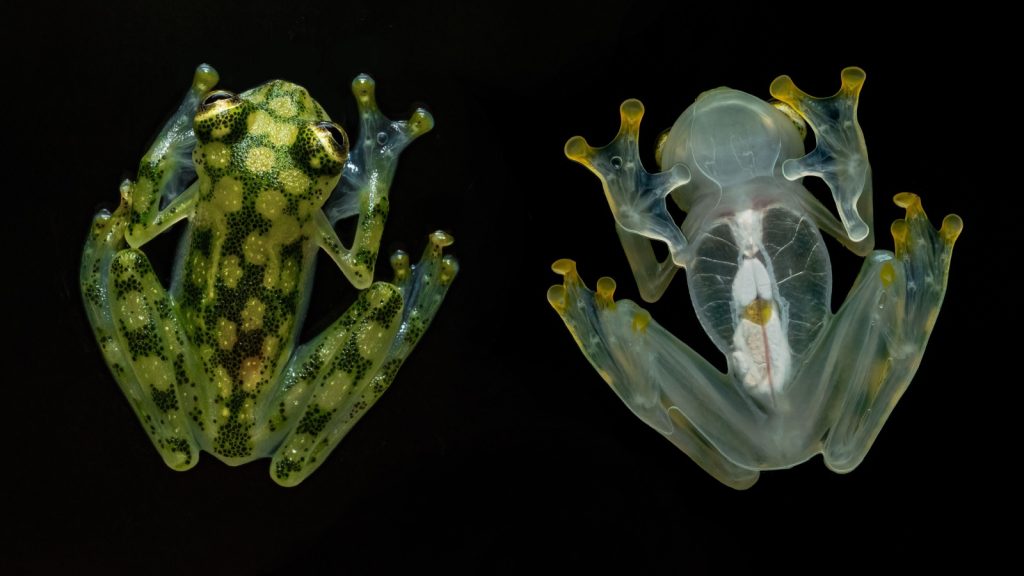
Glass frogs are nature’s own living windows. These tiny amphibians have transparent skin on their bellies, allowing you to see their internal organs. It’s like looking at a living anatomy lesson! This unique feature helps them blend in with leaves, making them nearly invisible to predators. Scientists believe this transparency might also play a role in communication between frogs.
Arapaima
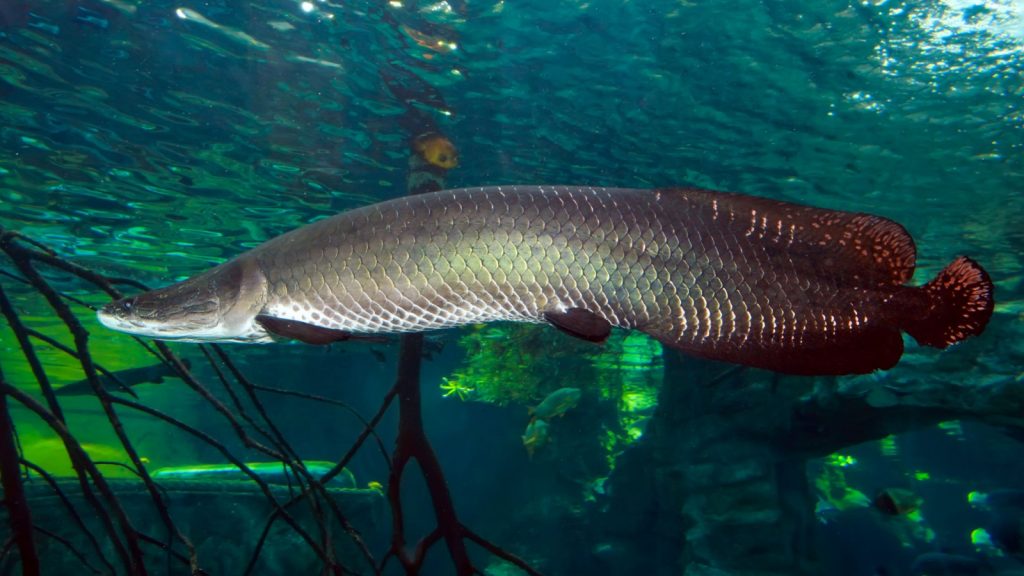
The arapaima is a fish that seems to break all the rules. Growing up to 9 feet long, these prehistoric-looking giants can breathe air, a skill that allows them to survive in oxygen-poor waters. Their scales are so tough that piranhas can’t bite through them. Sadly, their impressive size and tasty flesh have made them vulnerable to overfishing in some areas.
Hoatzin

Often called the “stinkbird” due to its pungent odor, the hoatzin is a living fossil. Chicks are born with claws on their wings, which they use to climb trees before they can fly. These bizarre birds have a unique digestive system more similar to cows than other birds, allowing them to eat leaves that would be toxic to most other animals.
Pink River Dolphin
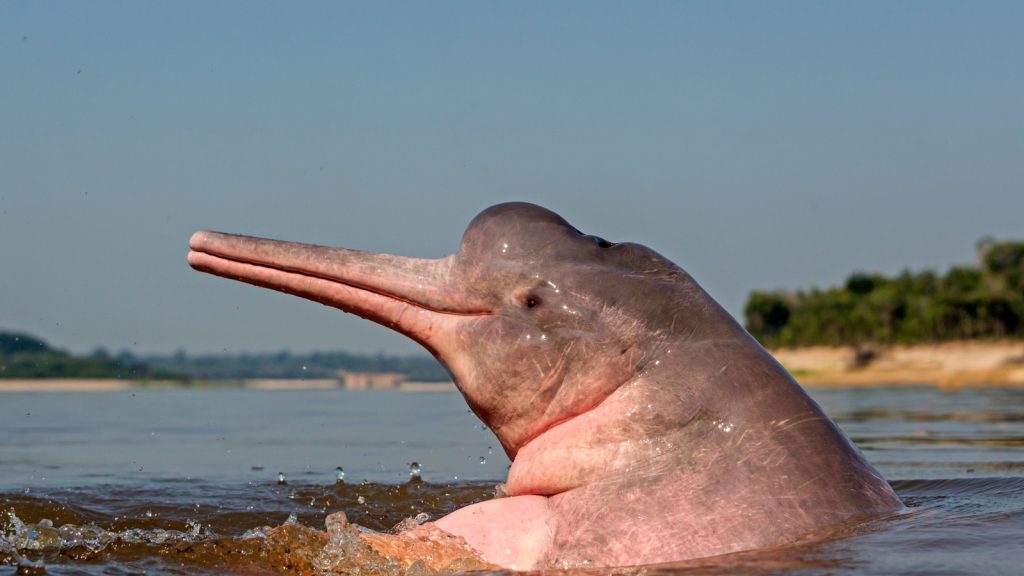
Pink dolphins aren’t just the stuff of fairy tales – they’re real and living in the Amazon! These freshwater mammals can turn bright pink when excited. Their flexible necks allow them to navigate through flooded forests with ease. Sadly, these unique creatures are endangered due to habitat loss and accidental capture in fishing nets.
Potoo
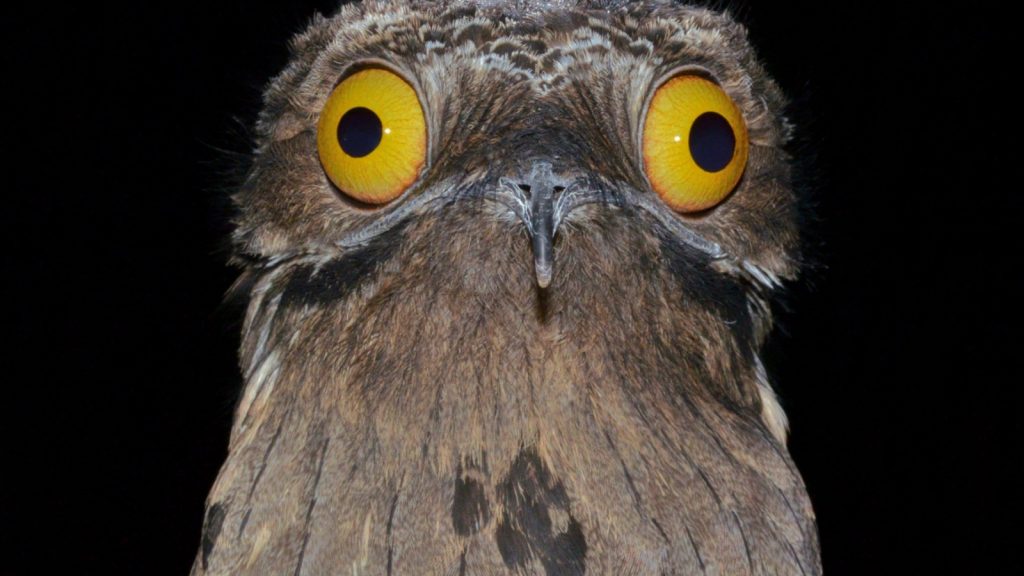
With its enormous eyes and wide mouth, the potoo looks like a muppet come to life. This nocturnal bird is a master of camouflage, blending perfectly with tree branches during the day. Their unique call, often described as a mournful wail, adds to their otherworldly appearance. Potoos are rarely seen due to their excellent camouflage, making them a prized sighting for birdwatchers.
Giant Centipede
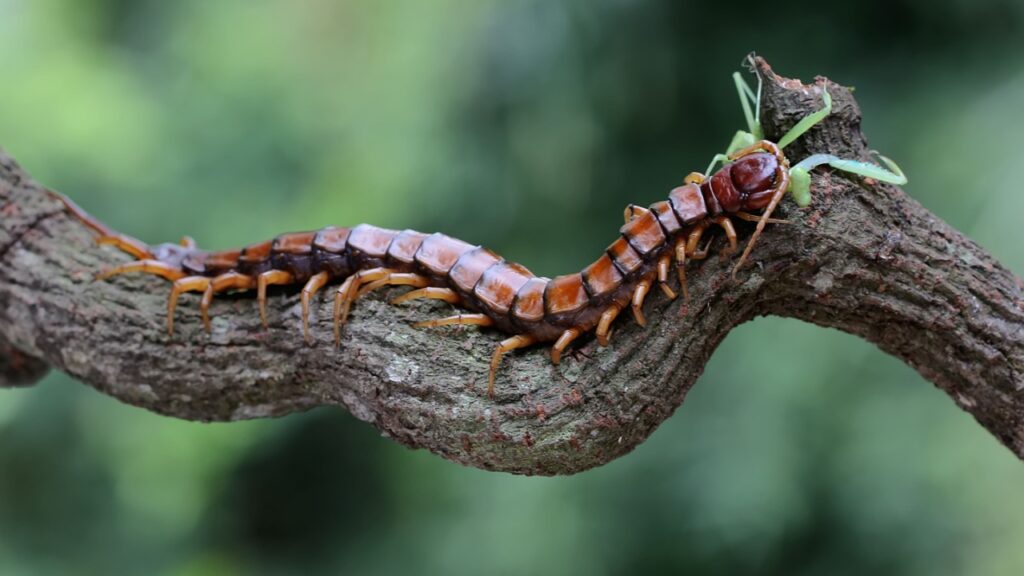
At up to a foot long, the Amazonian giant centipede is not for the faint of heart. These voracious predators can take down prey much larger than themselves, including bats and small mammals. Their venom is potent enough to cause severe pain in humans. Despite their fearsome reputation, these centipedes play an important role in controlling insect populations in the rainforest.
Leaf-Cutter Ant
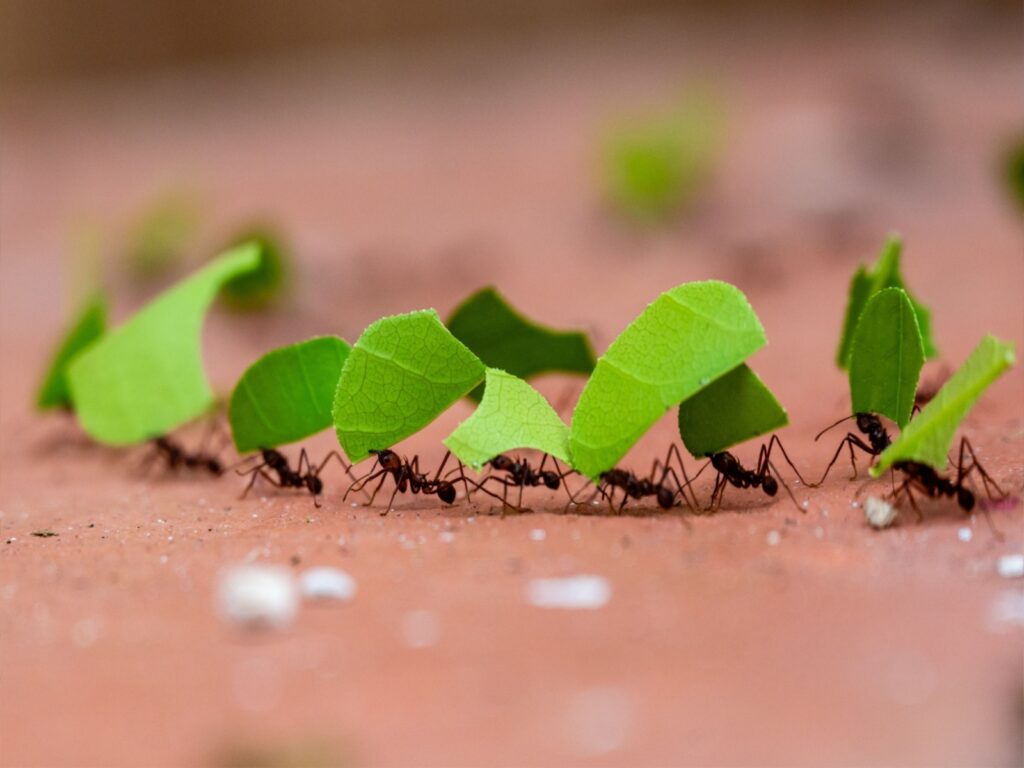
Leaf-cutter ants are nature’s tiny farmers. They cultivate their own fungus gardens, which they feed with pieces of leaves they harvest. A single colony can contain millions of individuals, each with a specific job. Their complex social structure and agricultural practices have fascinated scientists for decades. These ants can carry up to 50 times their body weight, making them proportionally stronger than any other animal on Earth.
Jesus Lizard
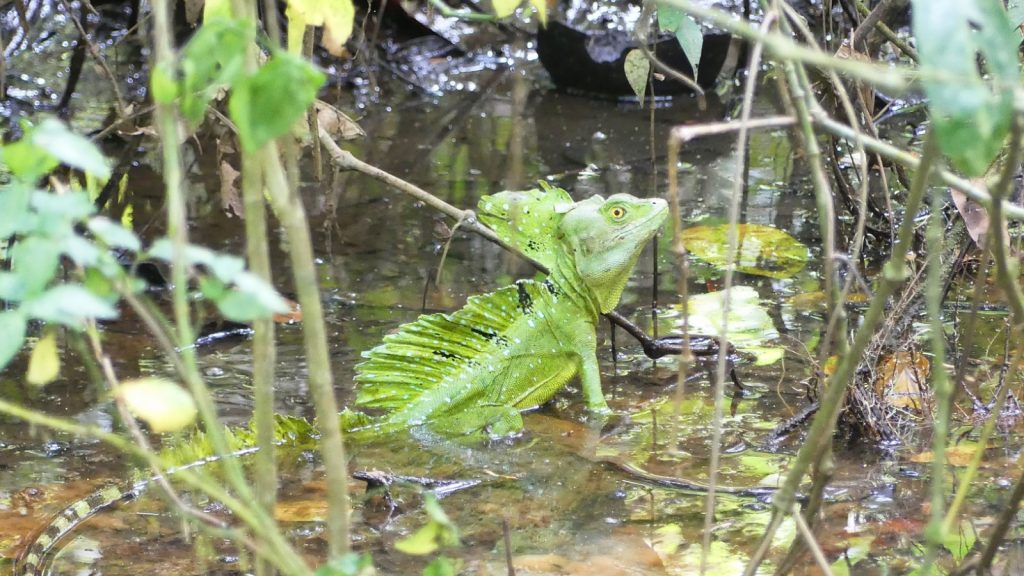
Also known as the basilisk lizard, this reptile can run on water! Their feet are equipped with special scales that create tiny air pockets, allowing them to defy gravity – at least for short distances. This ability has earned them the nickname “Jesus Christ lizard.” They can run up to 5 feet per second on water, which is crucial for escaping predators.
Electric Eel
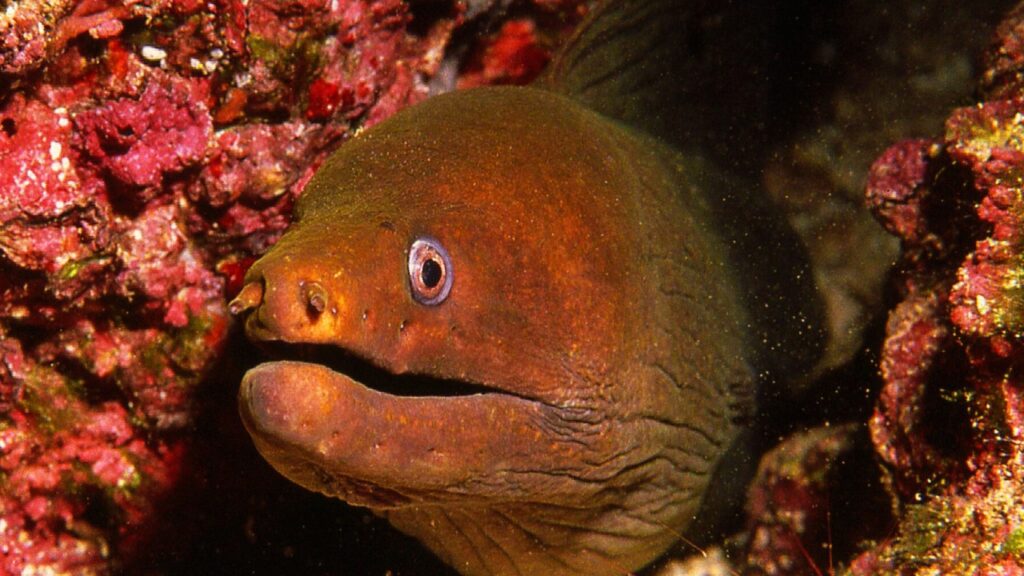
Despite its name, the electric eel isn’t actually an eel – it’s a kind of knifefish. These creatures can generate electric shocks of up to 860 volts, which they use to stun prey and defend themselves. That’s enough electricity to power multiple households for a brief moment! Electric eels use their shock-producing ability not just for hunting and defense, but also for navigation and communication.
Candiru
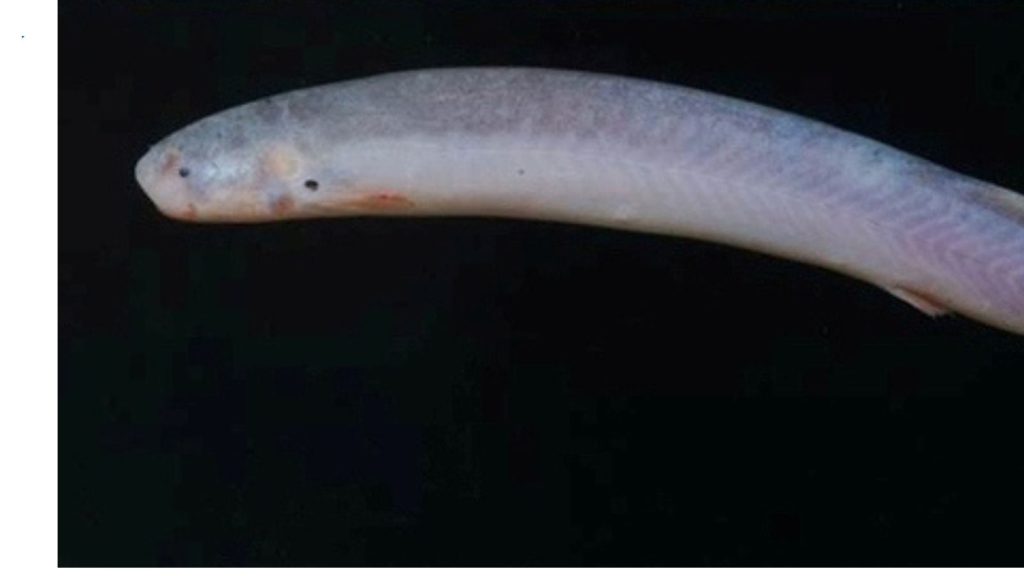
This tiny catfish has gained a fearsome reputation due to stories of it swimming up human urethras. While these tales are largely exaggerated, the candiru is still a bizarre creature. It’s nearly transparent and usually parasitizes the gills of larger fish. Recent research suggests that the candiru’s infamous behavior towards humans is largely a myth, but it remains an intriguing and mysterious Amazonian inhabitant.
Harpy Eagle
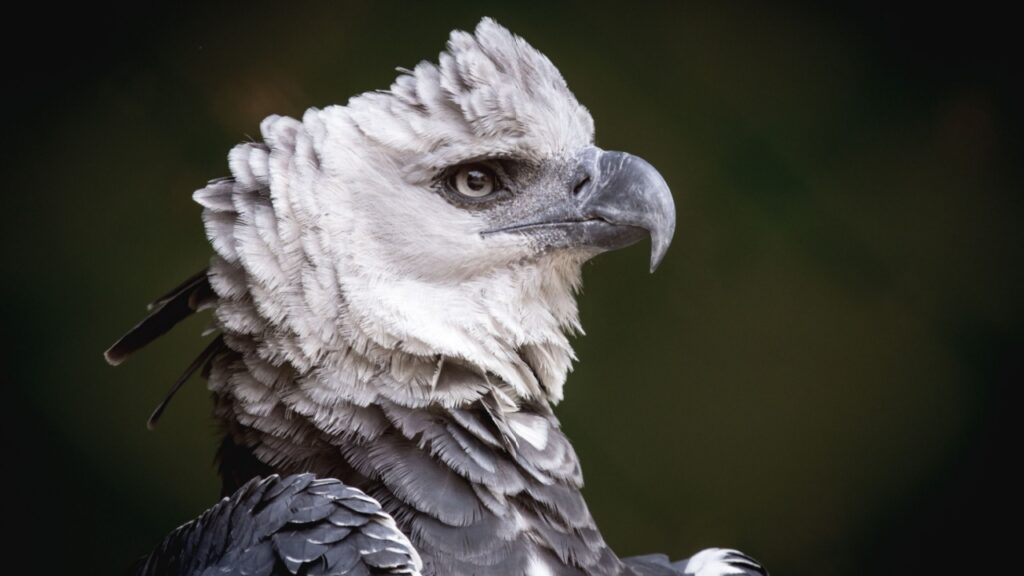
With talons the size of grizzly bear claws, the harpy eagle is a true apex predator. They can snatch monkeys and sloths right out of the trees, and their piercing gaze is truly unforgettable. Harpy eagles have exceptional eyesight, able to spot prey from over 650 feet away. Despite their power, they’re vulnerable to habitat loss and are considered near-threatened.
Bullet Ant
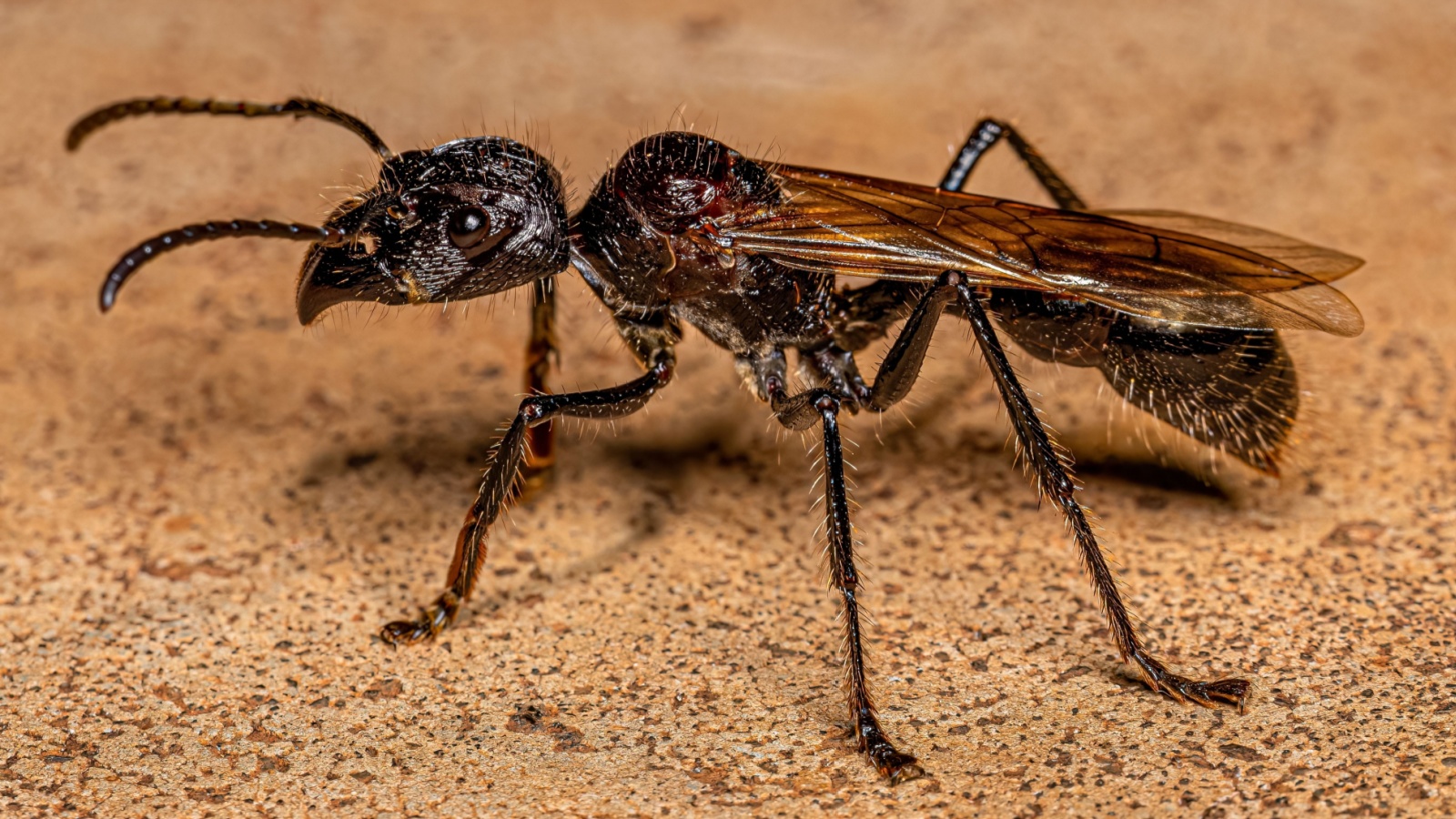
Named for its incredibly painful sting, which feels like being shot, the bullet ant is one insect you don’t want to mess with. Some indigenous tribes use these ants in coming-of-age rituals. The pain from a bullet ant sting can last for up to 24 hours and ranks as a 4+ on the Schmidt Pain Index, the highest level. Despite their fearsome sting, bullet ants play a crucial role in their ecosystem as pollinators and prey for other animals.
Mata Mata Turtle
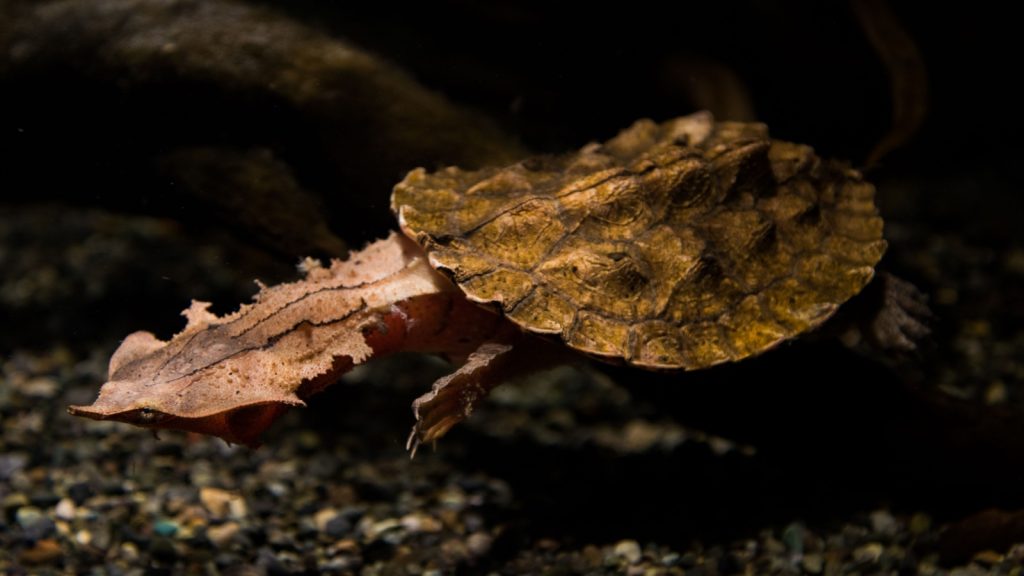
With its flat, leaf-like head and long neck, the mata mata turtle looks more like a pile of debris than a living creature. These ambush predators lie in wait for fish to swim by, then suddenly open their enormous mouths to create a vacuum that sucks in their prey. Their unique appearance is a perfect example of evolutionary camouflage, allowing them to blend seamlessly with their aquatic environment.
Pacu Fish
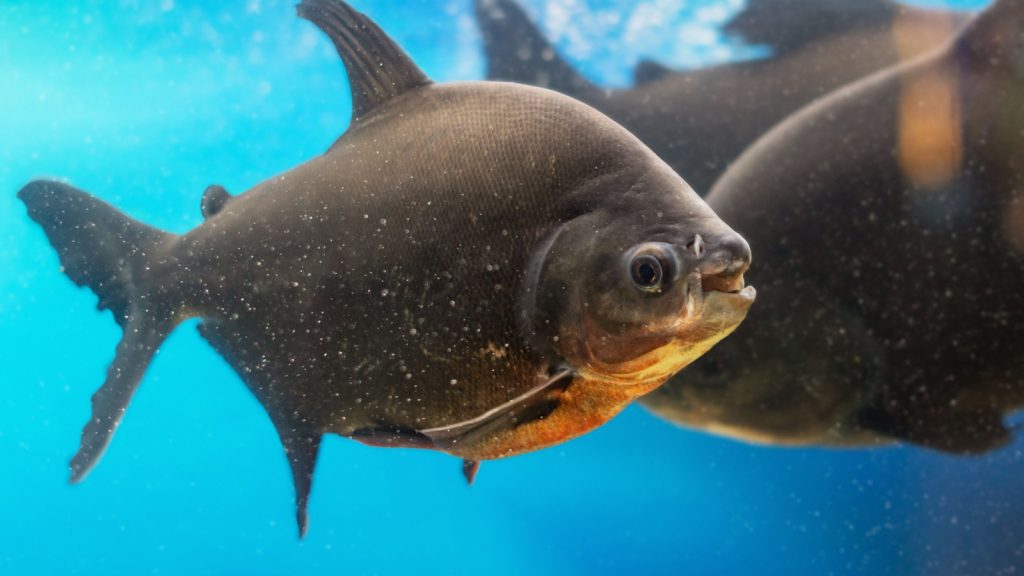
Often called the “ball-cutter fish” due to exaggerated reports of it biting swimmers’ testicles, the pacu is actually a mostly vegetarian relative of the piranha. What makes it weird are its eerily human-like teeth, which it uses to crush nuts and seeds. Pacu can grow up to 3 feet long and weigh up to 55 pounds, making them giants compared to their piranha cousins.
Yapok
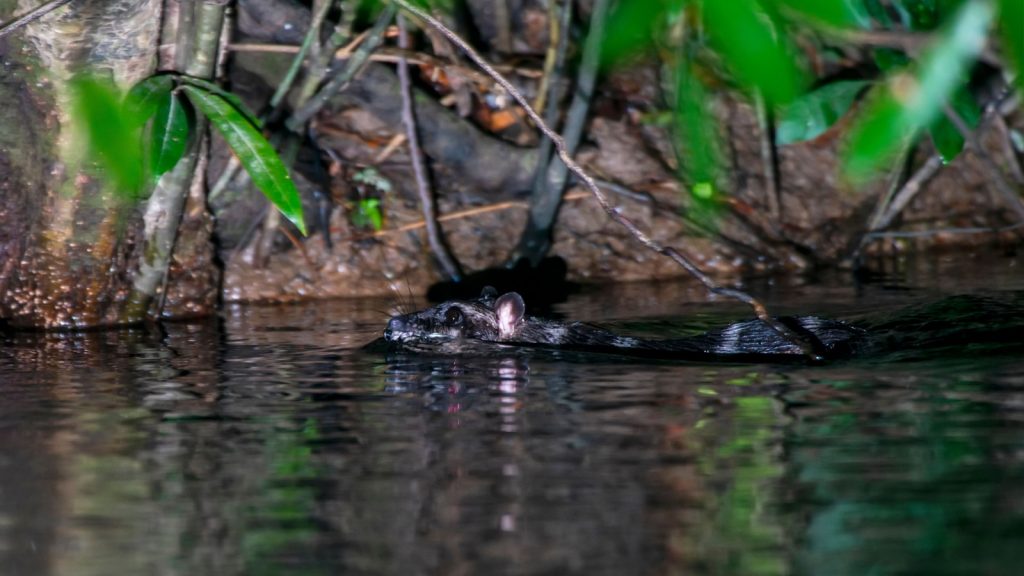
Also known as the water opossum, the yapok is the only aquatic marsupial. These unusual animals have webbed feet and waterproof pouches to protect their young while swimming. Yapoks are excellent swimmers and can close their pouches so tightly that not a drop of water gets in. They’re a living example of how animals can adapt to fill unique ecological niches.

